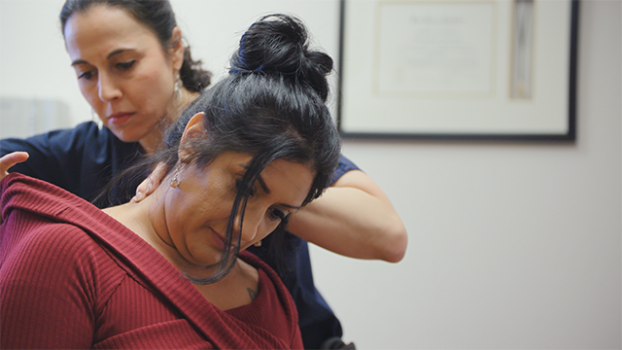You are looking at an archived version of our site. Please visit thepcc.org for a fresh, new experience!
You are here: Array » Bridging The Gap In Ru ...
Bridging The Gap In Rural Health Access
Nearly 78 million people live in the 7,500-plus areas designated as primary care health professional shortage areas by the Department of Health and Human Services (as of November 2019). Approximately 65 percent of these shortage areas are in rural parts of the country.
Serious Implications
Patients in need of dermatologic care are among those affected by these shortages, and the implications can be severe for patients with skin diseases—many of which are serious and can be life threatening. More than 25 percent of the US population sought treatment for at least one skin disease in 2013, according to data from the American Academy of Dermatology’s Burden of Skin Disease report. In fact, in the same study, researchers found skin disease—which ranges from psoriasis to skin cancer to extremely rare and debilitating conditions—to be more common than cardiovascular disease and diabetes. It can also be fatal: In 2013, for instance, nearly 23,000 Americans died from skin disease. Skin cancer (melanoma, nonmelanoma, and cutaneous lymphoma), wounds and burns, and cutaneous infections accounted for 85 percent of these deaths.
Limited access to board-certified dermatologists may cause patients to postpone or forgo preventive screenings or specialty care, leading to treatment delays and disease progression—that is particularly concerning given the importance of early detection for many skin conditions, especially melanoma. If melanoma is detected early, the five-year survival rate is 98 percent; if melanoma spreads to distant organs, the five-year survival rate drops to 23 percent.
Recent News
August 16, 2024
August 12, 2024
July 16, 2024
Missed our May webinar, “The Commercial Market: Alternative Payment Models for Primary Care,” check out this clip!… https://t.co/mDZH3IINXK —
Il y a 2 années 4 mois
Did you catch @CMSinnovates' new #primarycare strategy? Thanks to concerted efforts from @NAACOSnews and other memb… https://t.co/mDnawqw8YW —
Il y a 2 années 4 mois
Not up to date on the #Medicaid Access and #Managedcare proposed rules important for #primarycare? No worries,… https://t.co/qB6sY3XCZ1 —
Il y a 2 années 4 mois
Secondary menu
Copyright © 2024 Primary Care Collaborative




